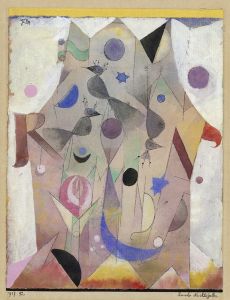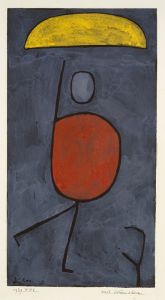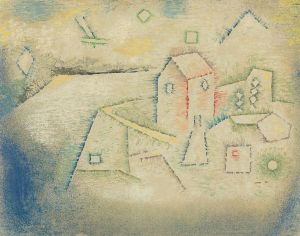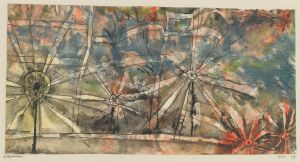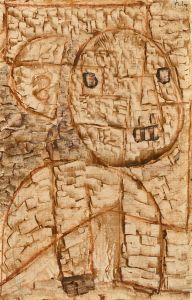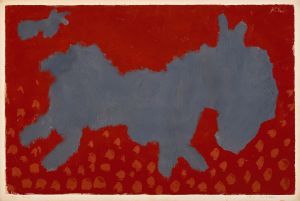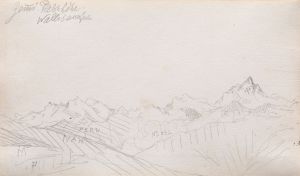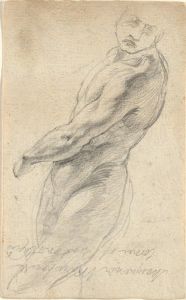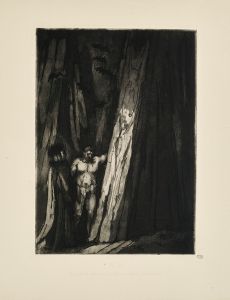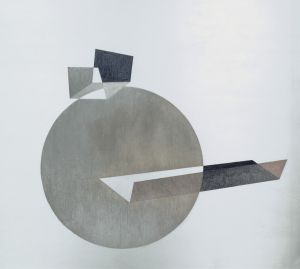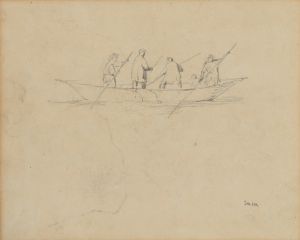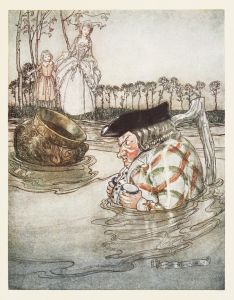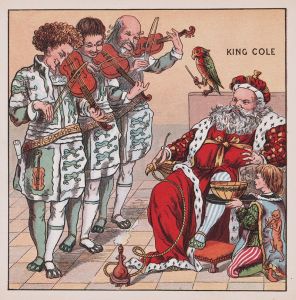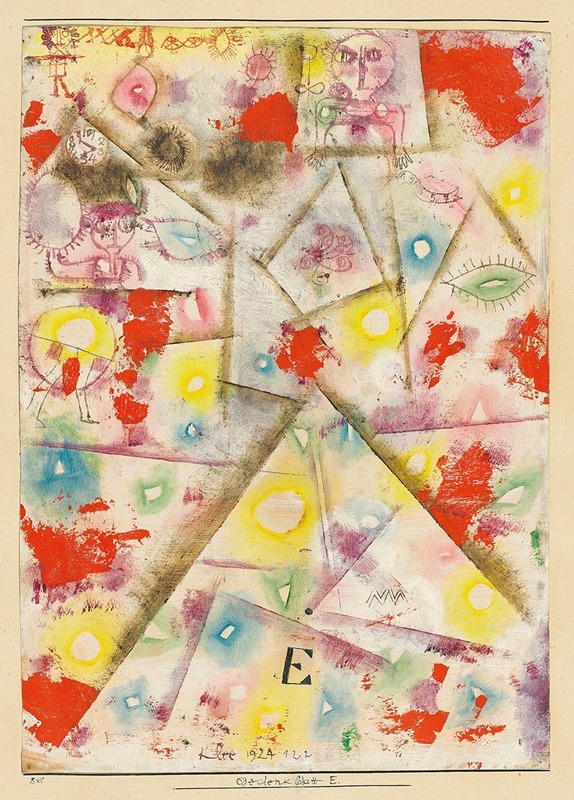
Gedenkblatt E
A hand-painted replica of Paul Klee’s masterpiece Gedenkblatt E, meticulously crafted by professional artists to capture the true essence of the original. Each piece is created with museum-quality canvas and rare mineral pigments, carefully painted by experienced artists with delicate brushstrokes and rich, layered colors to perfectly recreate the texture of the original artwork. Unlike machine-printed reproductions, this hand-painted version brings the painting to life, infused with the artist’s emotions and skill in every stroke. Whether for personal collection or home decoration, it instantly elevates the artistic atmosphere of any space.
Paul Klee was a Swiss-born artist whose highly individual style was influenced by movements in art that included Expressionism, Cubism, and Surrealism. He was a prolific painter, producing over 9,000 works in his lifetime. One of his notable works is "Gedenkblatt E," which reflects his unique approach to art, characterized by a blend of abstraction and figuration, as well as his use of color and line.
"Gedenkblatt E" is part of Klee's extensive body of work that often incorporates elements of fantasy and whimsy. Klee's art is known for its playful and childlike qualities, yet it is also deeply sophisticated in its exploration of color theory and form. His works often feature a combination of geometric shapes and organic forms, creating a sense of balance and harmony.
Klee was a member of the Bauhaus faculty, where he taught alongside other influential artists such as Wassily Kandinsky and László Moholy-Nagy. His time at the Bauhaus was significant in the development of his artistic theories and practices. Klee's teaching emphasized the importance of color and its emotional impact, which is evident in many of his works, including "Gedenkblatt E."
The title "Gedenkblatt E" suggests a commemorative or memorial aspect, as "Gedenkblatt" translates to "memorial sheet" in German. However, without specific historical context or documentation, the exact significance of this title in relation to the artwork remains unclear. Klee often used enigmatic titles that invite viewers to engage with the work on a personal and interpretive level.
Klee's work is characterized by a distinctive use of color, often employing a limited palette to create depth and mood. His technique involved layering colors to achieve a luminous effect, which can be seen in "Gedenkblatt E." This approach to color was influenced by his study of light and optics, as well as his interest in the emotional and symbolic power of color.
In addition to his innovative use of color, Klee's work is noted for its intricate line work. He often used fine lines to create detailed patterns and textures, adding complexity to his compositions. This attention to line and detail is a hallmark of Klee's style and contributes to the unique visual language of his art.
Klee's influence extends beyond his own work, impacting a wide range of artists and movements. His exploration of abstraction and his emphasis on the expressive potential of art have made him a key figure in modern art history. "Gedenkblatt E," like many of Klee's works, exemplifies his ability to blend technical skill with imaginative vision, resulting in art that continues to inspire and captivate audiences.
While specific details about "Gedenkblatt E" may be limited, the work can be appreciated within the broader context of Klee's artistic legacy. His contributions to art theory, particularly in the realm of color and form, have left a lasting impact on the art world, ensuring his place as one of the most innovative and influential artists of the 20th century.





